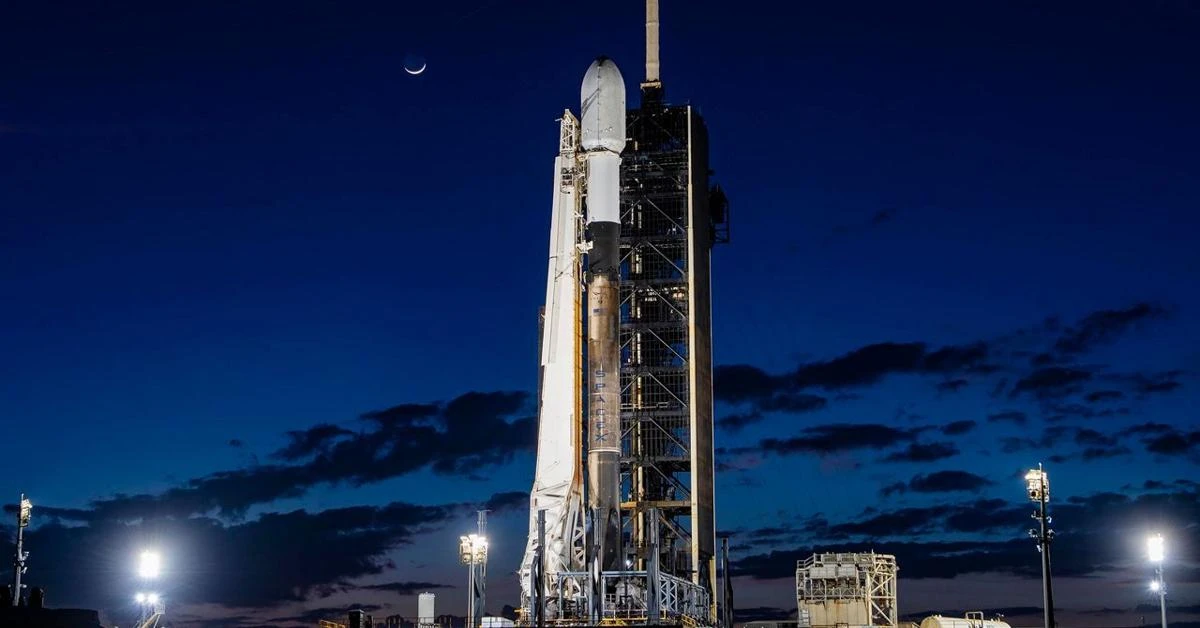Space X postpones launch of private US moon lander due to technical glitch

Intuitive Machines’ Nova-C lander, dubbed Odysseus, remains poised atop the Falcon 9 rocket for a mission to conduct the first U.S. lunar touchdown
SpaceX’s plans to launch the Intuitive Machines IM-1 mission using a Falcon 9 rocket have been postponed by a day.
Intuitive Machines’ Nova-C lander, dubbed Odysseus, remains poised atop the Falcon 9 rocket for a mission to conduct the first U.S. lunar touchdown since the last Apollo moon mission a half-century ago and the first by a privately owned vehicle.
The feat also would mark the first journey to the lunar surface under NASA’s Artemis moon program, as the United States races to return astronauts to Earth’s natural satellite before China lands its crewed spacecraft there.
The launch comes a month after the lunar lander of another private firm, Astrobotic Technology, suffered a propulsion system leak on its way to the moon shortly after being placed in orbit on Jan. 8 by a United Launch Alliance (ULA) Vulcan rocket making its debut flight.
The failure of Astrobotic’s Peregrine lander, also on a NASA mission, marked the third time a private company could not achieve a “soft landing” on the lunar surface, following ill-fated efforts by companies from Israel and Japan.
Those mishaps illustrate the risks NASA faces in leaning more heavily on the commercial sector than it had in the past to realize its spaceflight goals.
The latest IM-1 flight is considered an Intuitive Machines mission. However, it carries six NASA payloads of instruments designed to gather data about the lunar environment ahead of a NASA Artemis mission to return astronauts to the moon for the first time since 1972.
If the four-legged Odysseus lander gets off the ground this week, plans call for it to reach its destination on Feb. 22 for a landing at crater Malapert A near the moon’s south pole
Source: Newsroom & Reuters



